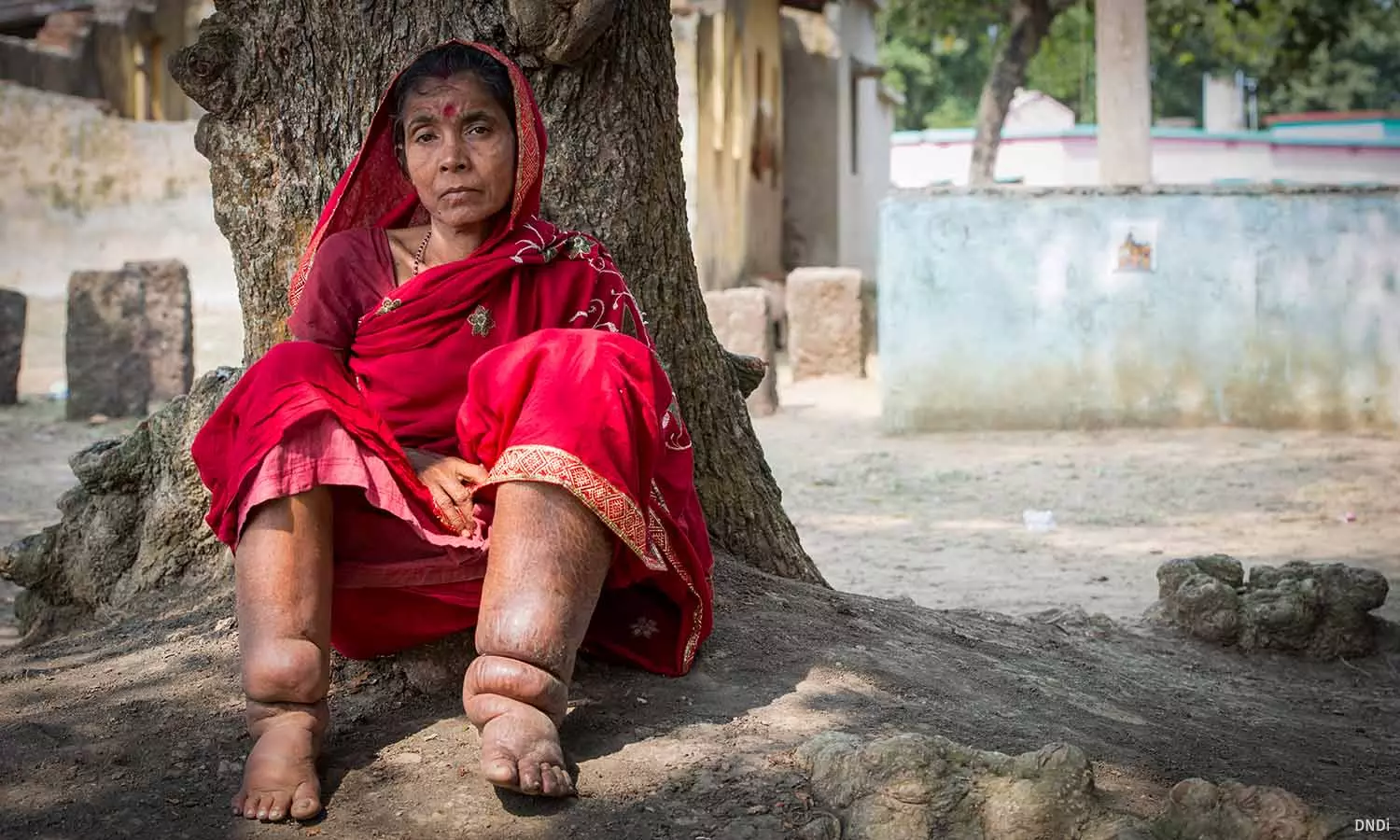Filariasis Elimination Efforts in Kerala
The World Health Organization (WHO) has set a new target to eliminate filariasis globally by 2030. This is a decade later than the original goal of 2020. India’s revised target is now 2027, following multiple adjustments from an initial aim of 2015. Filariasis remains a challenging disease to eradicate, necessitating sustained efforts to reduce its burden.
About Filariasis
Filariasis is a group of diseases caused by parasitic nematodes from the superfamily Filarioidea. These adult worms inhabit the lymphatic system and other body areas, transmitted through vectors like mosquitoes. The most prevalent form, Lymphatic Filariasis (LF), poses risk to approximately 670 million people in India alone, as reported in 2022.
Kerala’s Pioneering Role
Kerala has been very important in addressing filariasis. In the mid-1980s, affected individuals formed an association to raise awareness. Their advocacy led to political action, including the involvement of health officials. The Filariasis control movement, known as ‘Filco,’ focused on eliminating mosquito breeding grounds through community engagement.
Community Engagement Strategies
The initiative involved various stakeholders, including the Agriculture Department, which promoted aquaculture to control mosquito populations. Local workers cleaned water bodies while financial support from NABARD helped develop fisheries. Schoolchildren were mobilised to promote awareness, and a recovered patient became a community mascot, enhancing treatment adherence.
Mass Drug Administration and Innovations
The WHO endorsed a mass drug administration strategy in 1996, recommending a single dose of diethylcarbamazine citrate (DEC). In India, this was implemented in 2002 but faced challenges due to low compliance. In 2006, Albandazole was introduced, targeting adult worms, yet the disease persisted.
The Salt Project in Kerala
A breakthrough occurred with the introduction of salt infused with a low dose of DEC in Kerala. This innovative approach led to a notable decline in filariasis cases within a year. The strategy was later expanded to Tamil Nadu, showcasing the potential for adjunct therapies in combating the disease.
Ongoing Challenges and Surveillance
Despite progress, filariasis remains a concern in several states, including Karnataka, Andhra Pradesh, Bihar, and Uttar Pradesh. Continuous surveillance is crucial post-elimination to prevent reintroduction of the disease. Experts stress the importance of monitoring mosquito vectors to sustain success.
Month: Current Affairs - April, 2025
Category: Health Current Affairs








